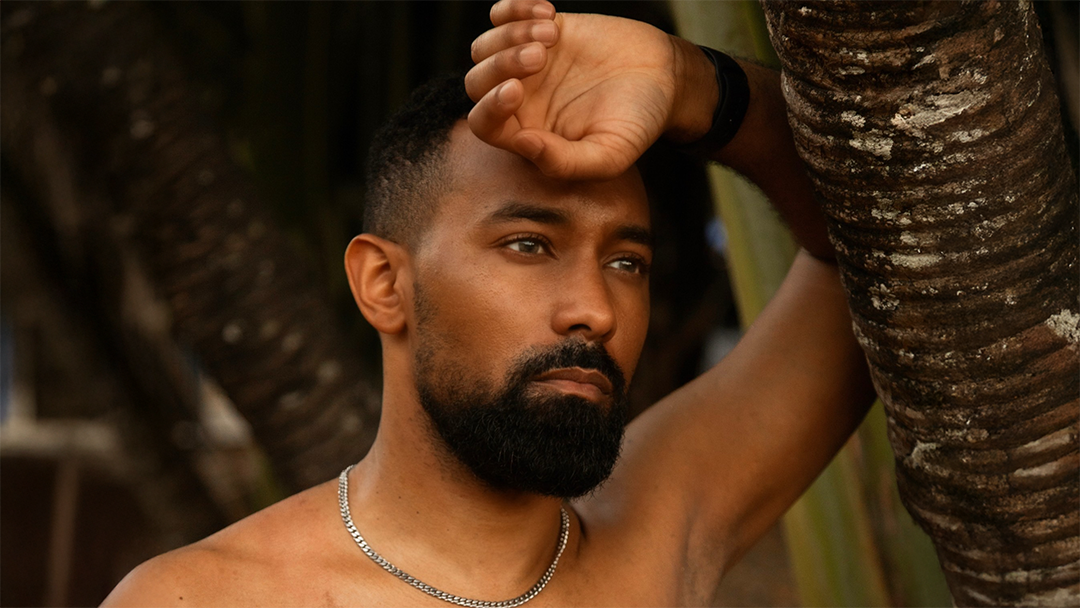The lore of Avatar: The Last Airbender is one of the most fascinating parts of the show, and seeing it grow and deepen throughout the history of the franchise proves to be one of the most fun parts of being a fan. The characters of Avatar have their own unique history and cultural traditions that prove endlessly fascinating, and one of the most intriguing traditions presented early on was the Agni Kai.
Treated as a firebending duel in which two combatants face off in a challenge of honor, the tradition of the Agni Kai remained largely a mystery by the end of the original series. However, piecing together the lore and backstory given in the comics, novels and reference materials creates fuel for the fires of fans' curiosity that only ever makes their questions burn all the hotter.
The tradition of the Agni Kai first appeared in the series during the episode "The Southern Air Temple" where a duel occurred between Zhao and Zuko. Introduced as a firebending duel to resolve conflicts between combatants, few rules were explicitly outlined in the course of the episode. Despite that, the episode makes it clear that the duels are steeped in tradition and carry great significance. Both Zuko and Zhao started their match in neutral positions, ceremonial garbs draped across their shoulders, and then stood to shed the garbs as they began. The duel ended with Zuko as the victor, sparing Zhao shortly before Zhao dishonored himself by trying to take a surprise shot at Zuko while the Fire Prince's back was turned. From there, Agni Kais only become more important in the series.
It turns out that Zuko first earned his scar from his own father in an Agni Kai, and that their duel commenced as a result of Ozai perceiving a slight against his honor after Zuko spoke out of turn in the Fire Lord's presence. During the second season, Zuko attempted to challenge Azula to an Agni Kai which she dismissively rejected, but by the end of the series, the two faced off in a Sozin's Comet-fueled Agni Kai that created one of the most memorable fights in the entire series. How exactly does the knowledge relating to Agni Kais following the series' conclusion reflect on the duels fought throughout the original series?
The Kyoshi novels offer unique insight into what Agni Kais were like hundreds of years before the timeline of the original series. There, it's established that the tradition dates back far into Fire Nation history and was frequently used to settle disputes among firebenders. Although they were forbidden on sacred holidays such as the Festival of Szeto, they were always a looming threat wherever matters of honor were concerned. Fought primarily nonlethally, with the victor being the one to burn their opponent first, they nevertheless could result in the death of one of the combatants where lethality was legally permitted.
It was actually during Fire Lord Sozin's reign that Agni Kais gained an even deadlier reputation, where sparing the life of the combatant who lost became a sign of weakness in the victor. This offers the insight that Ozai sparing Zuko may have actually been a small act of mercy, although permanently scarring his son proved just how far Ozai's mercy extended. It's also known that Combustion Man was a renowned Agni Kai champion, meaning that the abilities permitted in the contest were not restrained to raw firebending itself. Zuko's challenge to Azula to use her lightningbending during their final duel further supports that claim.
Perhaps most interesting of all is that it's noted during the Kyoshi novels that the dishonor inflicted on the loser of an Agni Kai often spurred them to shave the entirety of their head save for the ponytail they maintained. Hair carries deep cultural significance in Fire Nation tradition -- Zuko bearing that exact haircut following his loss against his father, and then later cutting off his ponytail when he went on the run with Iroh, speaks to the incredible internal struggle taking place in the character renowned for his redemption arc.
There could be yet more to learn about Agni Kais in future installments, and since The Legend of Korra contained so little emphasis on the Fire Nation, it could prove fertile ground for exploration by Avatar Studios in future productions. It is the aspects of Avatar which carry the most history that fans hold a burning desire to learn more about, and that may be a flame Avatar Studios needs to stoke further.
About The Author

